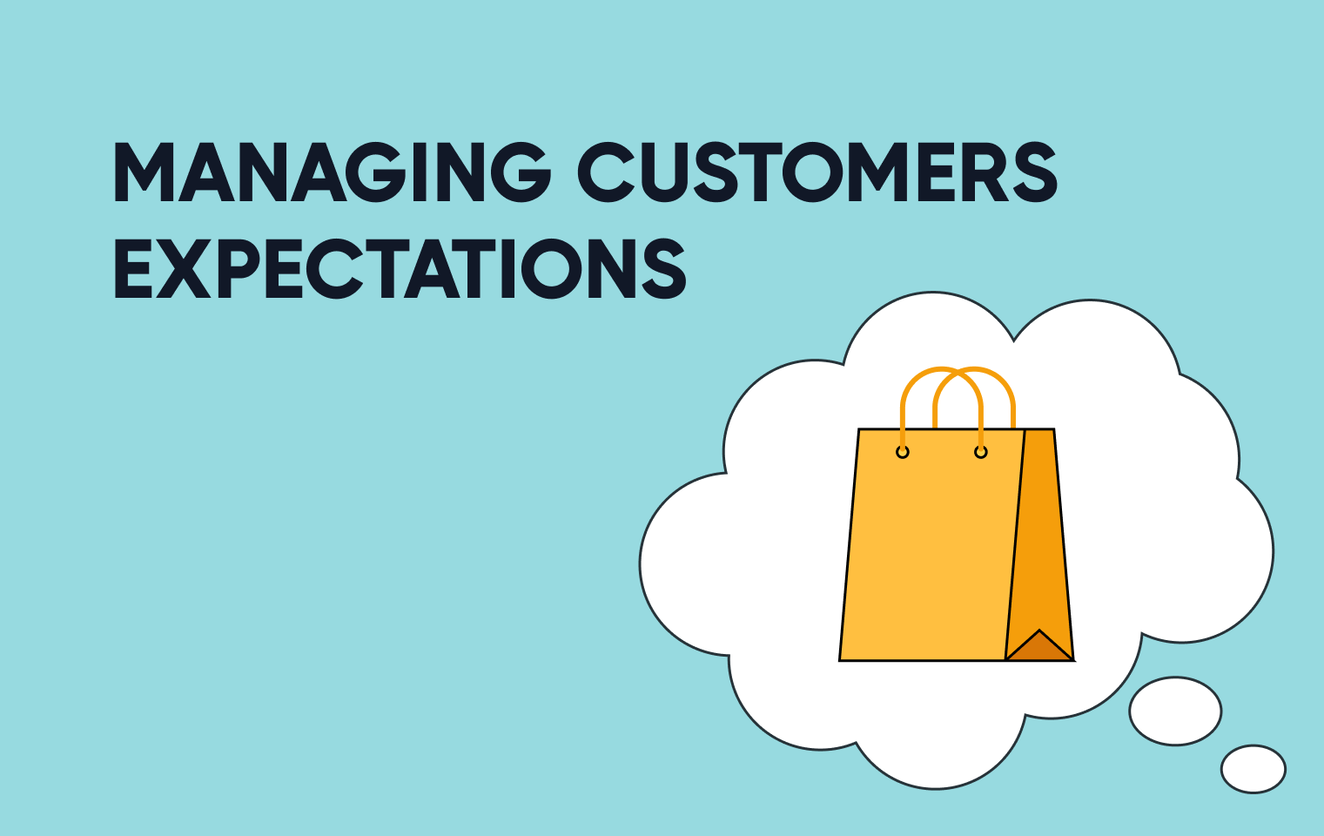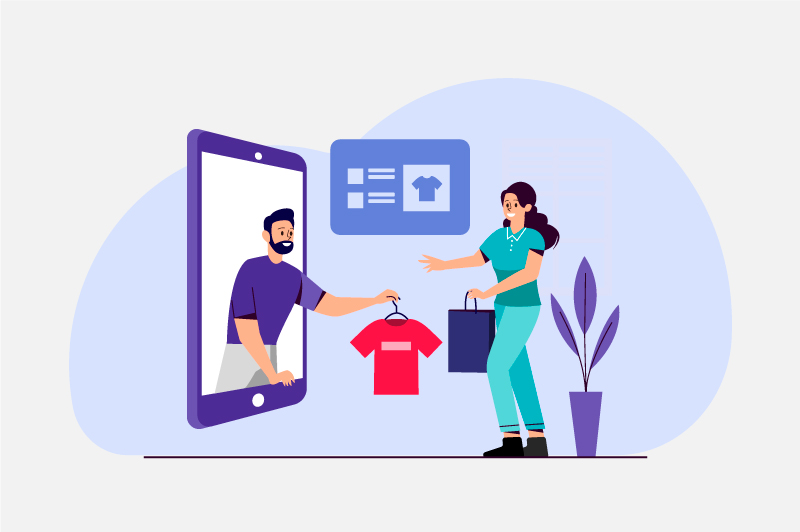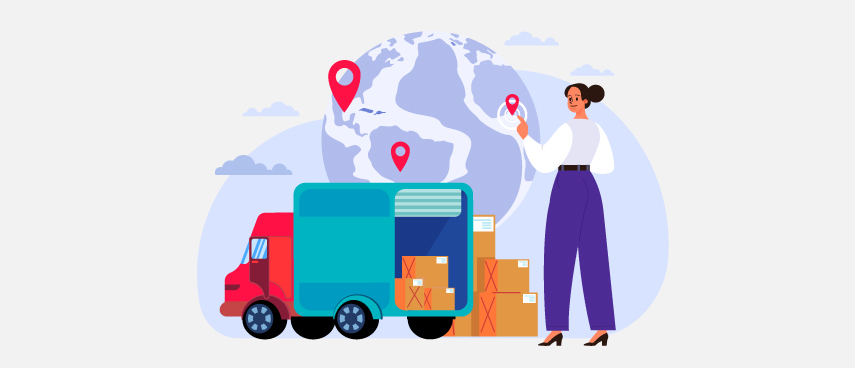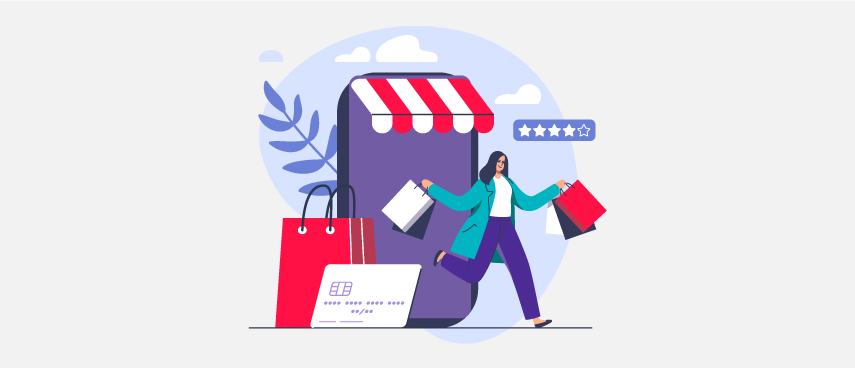
If the popularity of Amazon Prime can tell us one thing, it’s that customers want…
Anoop Johal
5 mins read
5 mins read

Blair Forrest
May 20, 2022
Customers now want to shop across multiple channels while maintaining a smooth, continuous flow between stores and terminals, and businesses are responding with a new approach: the omnichannel experience.

Omnichannel retail is a company strategy that engages customers and provides them with a seamless shopping experience across multiple channels and stores. Whether they’re shopping on their mobile device, laptop, or in a brick-and-mortar store, the goal is to maintain a consistent and positive purchasing experience.
And while managing multiple customer-centric stores presents logistical challenges, there are solutions designed to navigate these challenges. With the right tools in place and a well-thought out gameplan, you can create the perfect customer journey.
In sales, you can leverage the omnichannel strategy to provide a more powerful and memorable customer experience. You can also utilize it to easily combine your message and branding throughout your sales funnel's online and physical touchpoints.
Omnichannel fulfillment is a technique that manages all merchandise going to various locations from a single site or provider (like a 3PL). Your 3PL maintains your whole inventory with omnichannel fulfillment, optimizing their operations for picking, packing, and shipping. Your items are retrieved from the same inventory pool and prepped for delivery, which may then be spread throughout your 3PL warehousing and fulfillment centers.
Many eCommerce retailers have embraced the omnichannel eCommerce fulfillment approach to improve efficiency. An omnichannel fulfillment strategy streamlines the logistical process across different stores, platforms, and online marketplaces, and in doing so, it offers enhanced performance, accuracy in delivery operations, and a unified shipping service. Furthermore, because consumers will receive their items faster than ever before, omnichannel fulfillment delivers the positive shopping experience that shoppers have come to expect.
1. Segment your customers
Your consumer base can be segmented in a variety of ways, so you need to decide which will work best for your company. The purpose of market segmentation, also known as group identification, is to identify unique groups within your target market so that you may further customize your product to them.
For example, consumers can be segmented based on:
Once you've identified distinct consumer groups, you can delve deeper into how to position your offer for each.
2. Determine which channels are used by each client segment
Different merchants will adopt new channels in comparable ways depending on their size and intended audience.
They frequently begin with the biggest possible net (Amazon, Google, Facebook) and then become more specialized and precise as they grow, expanding to channels such as Mercado Libre for LatAm, Snapchat or TikTok for Gen Z, and so on.
A combination of qualitative and quantitative data can assist you in making informed judgments on your most critical channels. Speaking with consumers may provide you with a wealth of qualitative information as well as a deeper understanding of their needs and identity, and measuring key performance indicators can help you fill the gaps.
3. Map the customer journey
Knowing your clients and the channels they like to purchase through is vital, but it's not the complete picture. Businesses must understand the how and why of their customers' actions.
Mapping out the customer journey can give valuable insights into a consumer's cognitive processes and inform businesses about what works and what doesn't.
4. Offer cross-channel customer service
Consumers today want to buy when and how they want, and the same is true for accessing customer service. If you're planning to increase your presence across different media, be sure you can offer customer support across the board.
Organizations can meet this challenge by implementing a cross-channel customer care system that assists each client regardless of where they are on the customer journey and no matter what channel they are using.
5. Integrate technology
Inventory is one of the most fundamental reasons to integrate as much of your tech stack as possible. When you start selling on numerous channels, you'll want a consistent real-time picture of all of your goods. Similarly, you'll want a single source for product information, such as a PIM or analogous solution, so you don't have to manually enter product information on each sales channel.
6. Use automation to your advantage
What is it that truly moves the needle? What advantages accrue over time?
The more you can concentrate on high-leverage operations, the more you’ll be able to propel your company forward. Repeatable activities requiring little to no critical judgment are not worth it–and that’s where automation makes all the difference.
7. Make testing a habit
Testing should be a constant process for omnichannel retail, delving into every aspect of your site–from desktop browser testing, where you can see how users interact with your shop and make purchases, to software testing, where you can see how your site handles customer decisions.
Test often and thoroughly. Experiment with various subject lines, content, structure, offers, and so on. Then test your segments to see if you can segment even more precisely for better targeting.
Bottom Line

An omnichannel approach is a terrific solution if you have a developing product and are overwhelmed by the number of sales channels you provide to. Partnering with an experienced 3PL like eShipper gives you access to several fulfillment service facilities as well as relationships with key shipping carriers.
Whether you need B2B or B2C shipping services, we can help you get your products into your customers’ hands faster and at a lesser cost than fulfilling orders yourself. We'd love to hear from you if you're seeking omnichannel fulfillment and need a partner to support your company's growth. Contact us to learn more!